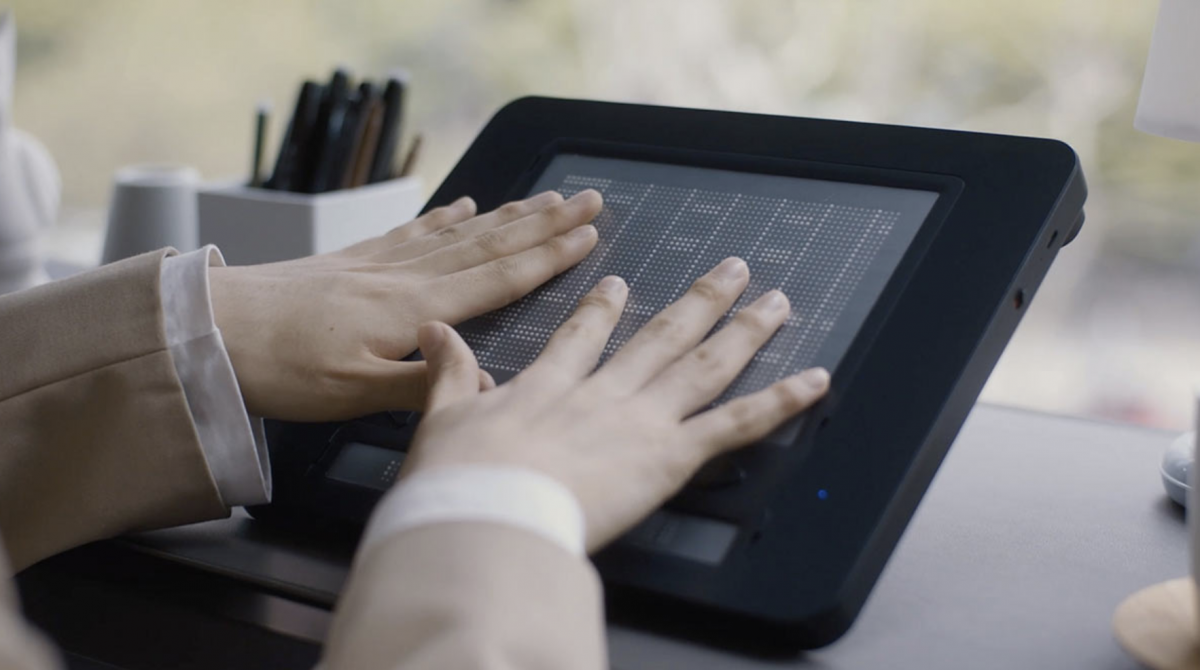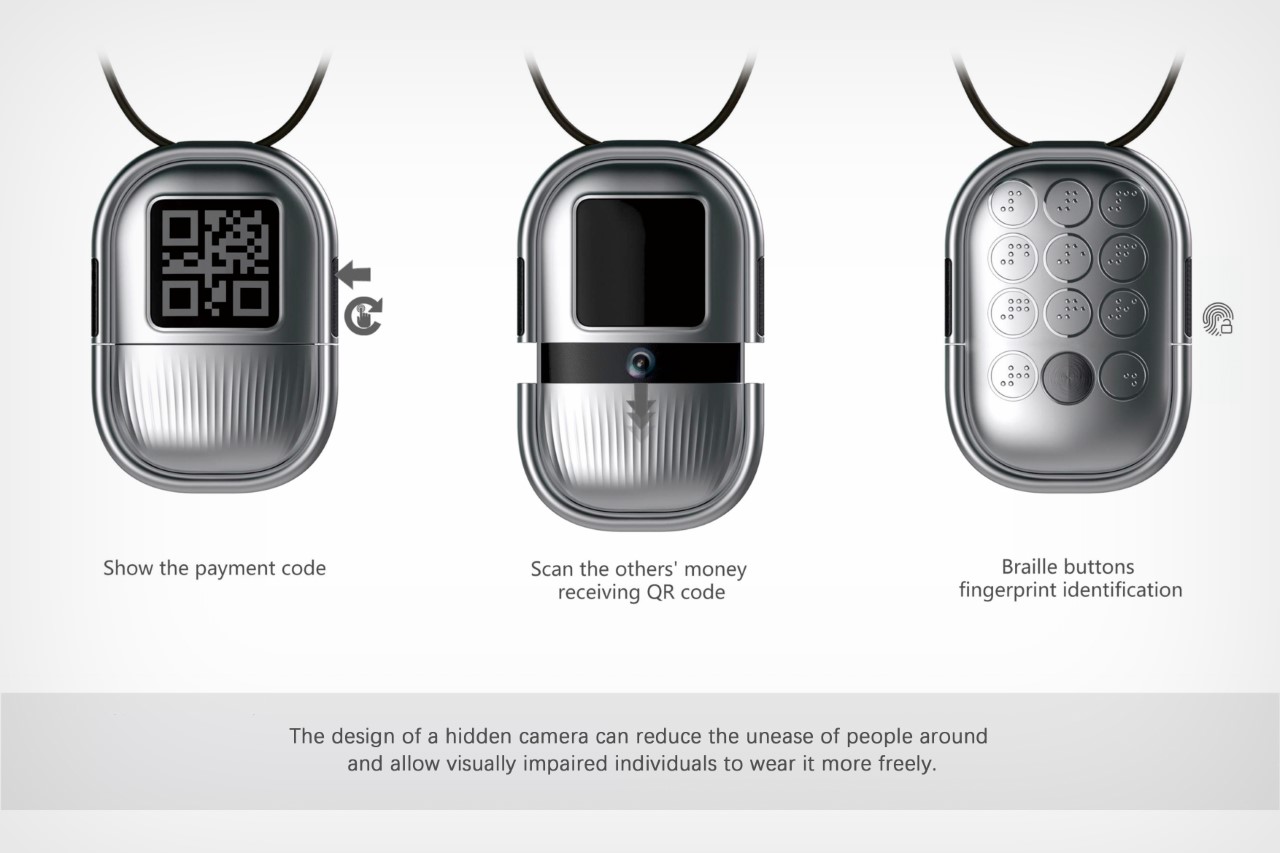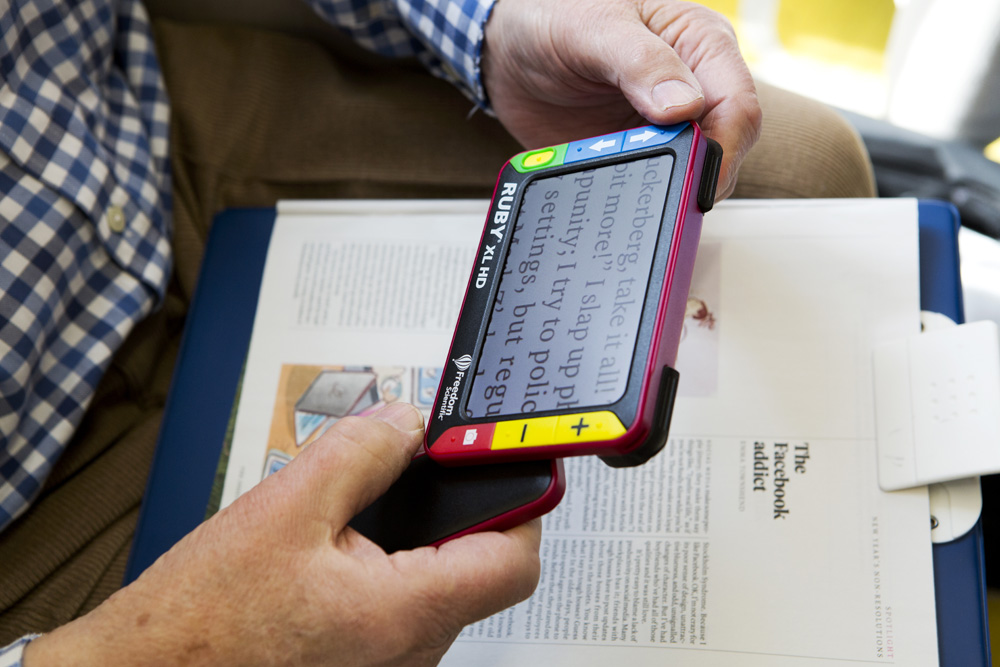Empowering Freedom With Assistive Technology for the Blind
The integration of assistive innovation into the lives of individuals with visual disabilities represents a significant innovation in promoting independence and self-sufficiency. From innovative display readers to sophisticated wise walking sticks, these tools not only improve everyday navigation and interaction but also encourage individuals to involve meaningfully in various elements of life. As we explore the myriad advantages and real-world applications of these innovations, it ends up being critical to check out the underlying elements that add to their performance and the potential for future advancements in this essential area.
Summary of Assistive Technology

The development of assistive modern technology is grounded in concepts of inclusivity and empowerment. Technologies in software application, hardware, and sensory improvements offer individuals with alternatives tailored to their particular needs. From screen visitors that transform text to speech, to responsive tools that convey information via touch, these devices change the means individuals engage with their surroundings.
In addition to useful applications, assistive innovation fosters greater social incorporation and involvement in numerous sectors, including education and learning and work (Braille displays and notetakers). As research and advancement remain to develop, the potential for assistive technology to further boost the lives of visually impaired individuals remains encouraging, leading the way for a more fair culture where everybody can prosper
Kinds of Assistive Instruments
A variety of assistive gadgets have actually arised to sustain people with visual problems, each developed to fulfill specific needs and boost daily performance. These tools vary from low-tech solutions to high-tech innovations, providing diverse choices for users.
Low-tech tools consist of magnifiers and large-print materials that help in reading and writing. Braille devices, such as Braille styluses and slates, allow tactile analysis and communication. Positioning and movement aids, like white walking canes, help customers browse their environment securely.
On the higher end of the range, digital magnification systems and screen readers supply substantial support. Digital magnifiers permit customers to expand message and pictures on displays, while display visitors transform electronic web content into synthesized speech, assisting in access to info on computers and smartphones.
Smartphone applications also play a vital role, supplying functions like text recognition and navigation aid. Wearable innovation, such as smart glasses equipped with augmented reality, is arising as an encouraging tool to improve situational recognition.
Advantages of Assistive Technology
The assimilation of assistive technology dramatically improves the lifestyle for people with visual disabilities. These innovations equip users by advertising freedom, allowing them to navigate their settings extra properly and do daily jobs with greater simplicity. Display readers and magnification software program allow find out this here individuals to accessibility electronic details, promoting instructional and professional chances that may have previously been out of reach.
Furthermore, assistive devices such as wise walking canes and GPS applications give real-time navigating assistance, boosting mobility and safety. This boosted autonomy not just enhances self-worth yet likewise encourages social involvement, permitting customers to participate even more fully in their communities.
Assistive innovation likewise assists in communication, aiding customers get in touch with others with voice acknowledgment and text-to-speech applications. This capacity is important for preserving relationships and accessing crucial details.
Furthermore, the modification choices offered with several assistive technologies make certain that customers can customize gadgets to their certain needs, further improving usability and performance. On the whole, the benefits of assistive technology for individuals with visual disabilities are profound, advertising a more inclusive society where every person can seek their aspirations and objectives.
Study and Success Stories
Highlighting the transformative influence of assistive technology, many study illustrate how people with visual problems have effectively incorporated these tools into their daily lives. One engaging example involves an university student that utilized display reading software application to browse on-line sources and scholastic materials properly. This technology not only facilitated her education yet also improved her confidence in joining conversations and group tasks.
Another study includes a specialist that utilizes a smartphone application developed for navigating and object acknowledgment. By utilizing this app, he has actually restored autonomy in both his individual and work environments, permitting him to commute individually and involve with colleagues better.
In addition, a retired person shared her experience with braille e-readers, which allowed her to access a vast variety of literary works and remain attached with her community with book clubs.
These success tales underscore the essential function i thought about this of assistive modern technology in promoting freedom, enhancing quality of life, and advertising social assimilation for individuals with visual disabilities (AI-powered visual aids). By accepting these cutting-edge tools, individuals can conquer challenges and confiscate possibilities that add to their specialist and personal satisfaction

Future Trends in Assistive Innovation
Advancement in assistive innovation is positioned to redefine the landscape of support for people with visual impairments. Arising fads emphasize the integration of expert system (AI) and machine discovering, which improve the functionality of tools that help with navigating and information ease of access. AI-driven applications are currently capable of analyzing visual data in real-time, allowing users to involve with their setting a lot more independently.
Furthermore, the development of wearable technology is advancing swiftly. Smart glasses geared up with increased truth (AR) can provide audio descriptions of environments, changing exactly how customers communicate with public areas. These gadgets not just promote autonomy yet likewise foster social addition.
In Addition, the Web of Points (IoT) is making homes smarter, enabling smooth connectivity between assistive gadgets and day-to-day devices. This connectivity empowers users by allowing voice-activated controls and automatic feedbacks tailored to individual demands.
Final Thought
Finally, assistive technology plays a critical role in encouraging people with visual disabilities by enhancing their freedom and interaction with their environments. The diverse variety of tools and applications readily available not only assists in navigating and communication however likewise advertises social integration and opportunities for individual and expert development. As improvements proceed in this area, the possibility for boosting the top quality of life for those with visual problems will broaden, cultivating greater freedom and empowerment.
